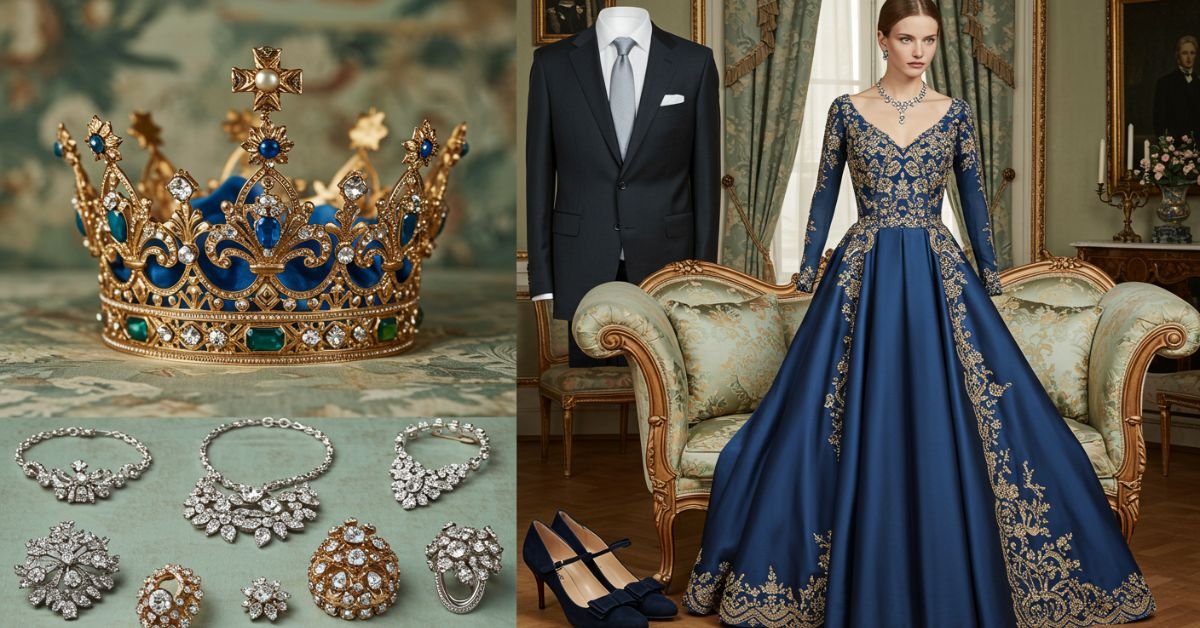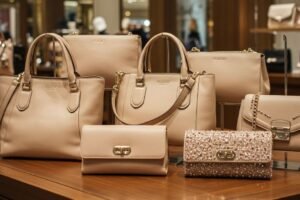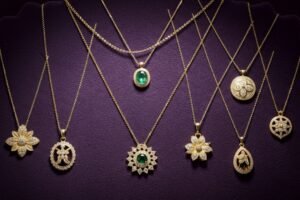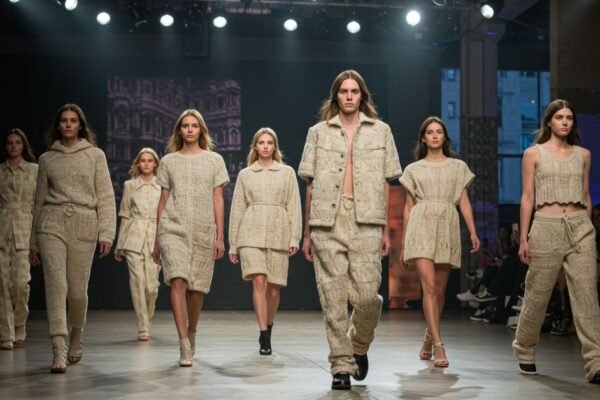Contents
- 1 Introduction to Royal Fashion
- 2 The Importance of Dressing Appropriately for Royals
- 3 Key Elements of Royal Fashion
- 4 Etiquette and Protocol for Royals in Fashion
- 5 Famous Examples of Iconic Royal Style
- 6 Modernizing Royal Fashion: Breaking Traditional Rules
- 7 Conclusion and Final Thoughts on Mastering Royal Fashion
Introduction to Royal Fashion
Royal fashion has an allure all its own. It captures the imagination and sets trends that ripple through society. From crowns to couture, every garment worn by royalty tells a story steeped in history, tradition, and cultural significance.
But what does it really mean to master royal fashion? It’s not just about wearing exquisite fabrics or dazzling jewels; it’s about understanding the nuanced language of attire.
Every outfit serves a purpose, reflecting status and occasion while adhering to established etiquette.
As we explore the essential rules that guide royals in their wardrobe choices, you’ll discover how these principles have evolved over time and shaped modern perceptions of style within royal circles.
Whether you’re looking to elevate your personal style or simply indulge your fascination with monarchy fashion, there’s much to learn from those who wear their titles with grace and elegance.
The Importance of Dressing Appropriately for Royals
For royals, dressing appropriately is not just about fashion—it’s about embodying tradition, cultural significance, and their role within society.
1. Reflecting Position and Tradition
A royal’s attire tells a story, representing their position, heritage, and the values of the monarchy, connecting them to centuries of history and cultural significance.
2. Influence on Public Perception
Royals are constantly under public scrutiny, and their fashion choices influence trends and shape how they are perceived. A well-chosen outfit reflects their respect for their role in society.
3. Context-Sensitive Wardrobe Decisions
Whether for formal events or casual gatherings, understanding the occasion and dressing accordingly shows awareness of context, enhancing their presence and impact.
4. Fostering Unity and Setting an Example
Appropriate clothing unites royal family members and sets an example for the public, conveying messages of solidarity during both celebrations and moments of mourning.
5. Garments as Symbols
Each royal garment carries significance, transforming fabrics into powerful symbols of duty, grace, and heritage.
Key Elements of Royal Fashion
Royal fashion exudes elegance, sophistication, and timeless appeal, with several key elements that define this regal style.
1. Luxurious Fabrics
Fabrics like silk, velvet, and brocade are staples in royal wardrobes, conveying wealth and adding a sophisticated touch to every garment.
2. Traditional Color Choices
Deep, regal colors such as royal blue, burgundy, and emerald green symbolize authority and grace, while bright hues are often reserved for special occasions.
3. Impeccable Tailoring
The fit of royal garments is flawless, ensuring that each piece drapes perfectly on the body to create a graceful and poised silhouette.
4. Statement Accessories
Tiaras, brooches, and other statement jewelry pieces elevate royal attire, adding sparkle, history, and grandeur to complete the look.
5. Classic Footwear
Footwear, such as classic pumps or polished dress shoes, maintains the balance between comfort and formality, ensuring that royals remain elegant during public appearances.
Etiquette and Protocol for Royals in Fashion
Royal fashion is steeped in tradition, and with that comes a set of etiquette rules. Every garment must reflect the dignity and grace expected of royalty.
Color choices often hold significant meaning. For instance, muted tones may symbolize respect during formal occasions, while brighter shades can be reserved for celebratory events. The fabric also matters; luxurious materials like silk or cashmere elevate the ensemble, showcasing an understanding of quality.
Accessories play a pivotal role too. Jewelry should enhance rather than overpower an outfit. Statement pieces are allowed but need to maintain elegance without overshadowing the wearer’s natural beauty.
Footwear is another element where protocol reigns supreme. Stylish yet practical shoes ensure that royals can navigate various terrains gracefully.
It’s essential to consider cultural sensitivities when dressing for public engagements abroad. Understanding local customs fosters goodwill and demonstrates respect towards different traditions in royal attire.
Famous Examples of Iconic Royal Style
When it comes to royal fashion, a few names stand out. Queen Elizabeth II is often celebrated for her vibrant hats and timeless elegance. Her signature look combined classic silhouettes with a pop of color that never failed to make headlines.
Princess Diana redefined style in the ’80s and ’90s. From her stunning ball gowns to casual chic outfits, she was a trendsetter. The “Revenge Dress” became an iconic symbol of strength and independence.
Kate Middleton carries forward this legacy with modern flair. Her ability to blend high fashion with accessible brands has resonated worldwide, making her a style icon for many.
Meghan Markle introduced contemporary elements into royal attire, effortlessly bridging tradition and modernity. Each appearance showcases thoughtful choices reflecting both personal taste and cultural awareness.
Each royal brings their unique touch, creating an evolving narrative in fashion history that captivates audiences globally.
Modernizing Royal Fashion: Breaking Traditional Rules
Modern royal fashion is undergoing a fascinating transformation. Younger royals are challenging age-old conventions, introducing fresh perspectives into the wardrobe.
Take, for example, the rise of casual wear at official events. Royals like Meghan Markle have embraced chic yet relaxed outfits that resonate with modern audiences. This shift reflects a desire to connect with everyday people.
Color palettes are also evolving. Traditional dark hues and muted tones are giving way to vibrant colors and bold patterns. These choices signify confidence and personality rather than mere adherence to formality.
Accessories play a pivotal role too. Statement pieces can now complement royal attire instead of being merely understated or classic. From unique handbags to unconventional jewelry, these elements express individuality while still upholding dignity.
This modern approach doesn’t erase tradition; it revitalizes it, ensuring royal fashion remains relevant in today’s dynamic world.
Conclusion and Final Thoughts on Mastering Royal Fashion
Mastering royal fashion is an art form. It combines tradition, elegance, and a touch of personal flair. Understanding the importance of dressing appropriately cannot be understated; it reflects not only individual style but also respect for the institution.
The key elements of royal fashion—tailored silhouettes, luxurious fabrics, and tasteful accessories—serve as guidelines that elevate any outfit. Etiquette plays a crucial role as well. Every choice made in attire sends a message to the public about dignity and poise.
Famous royals have left their mark on this world with iconic styles that resonate through time. From Queen Elizabeth II’s classic ensembles to Princess Diana’s bold choices, each has shaped perceptions around modern royalty.
Today, many royals are breaking away from strict traditional rules while still maintaining a sense of decorum. They embrace individuality without losing sight of their responsibilities.
Mastering royal fashion requires understanding its roots while being open to evolution. By balancing timeless elegance with personal expression, anyone can channel their inner royalty when it comes to style decisions.






